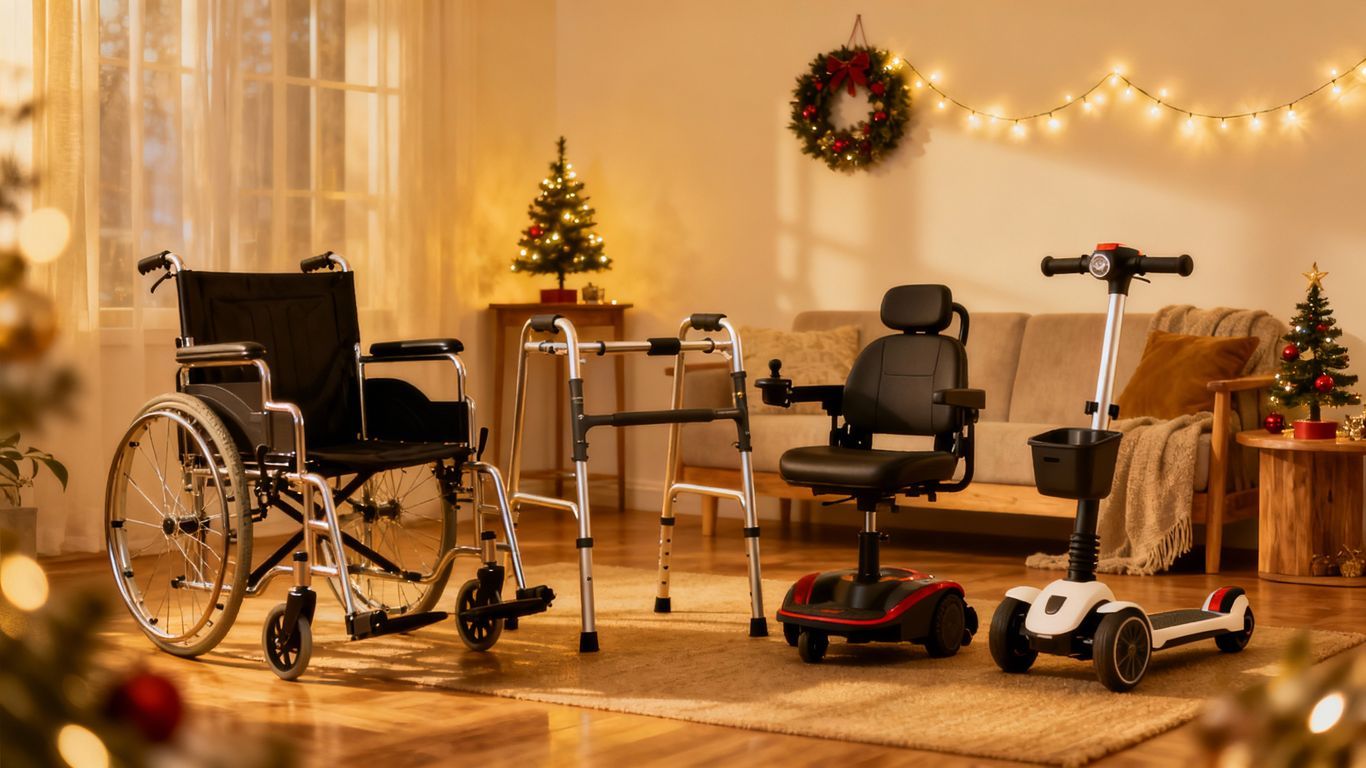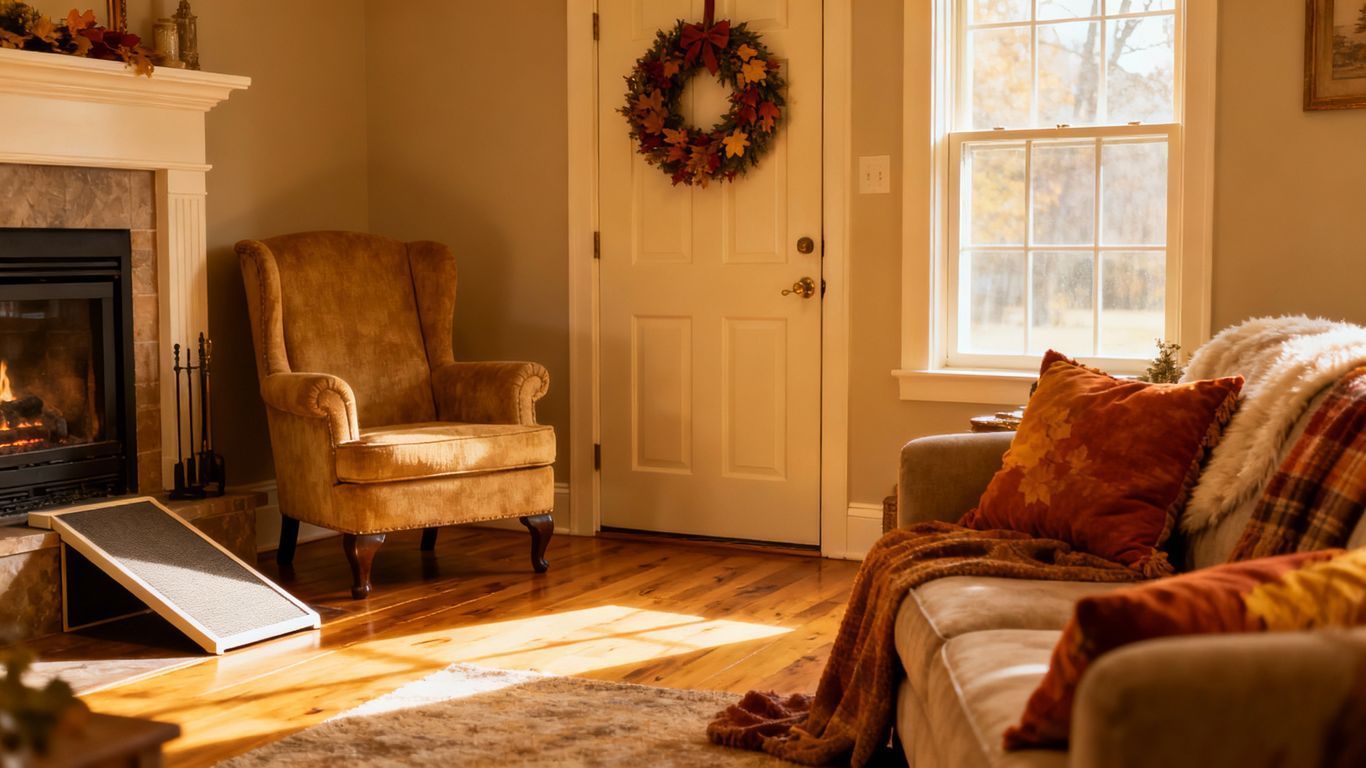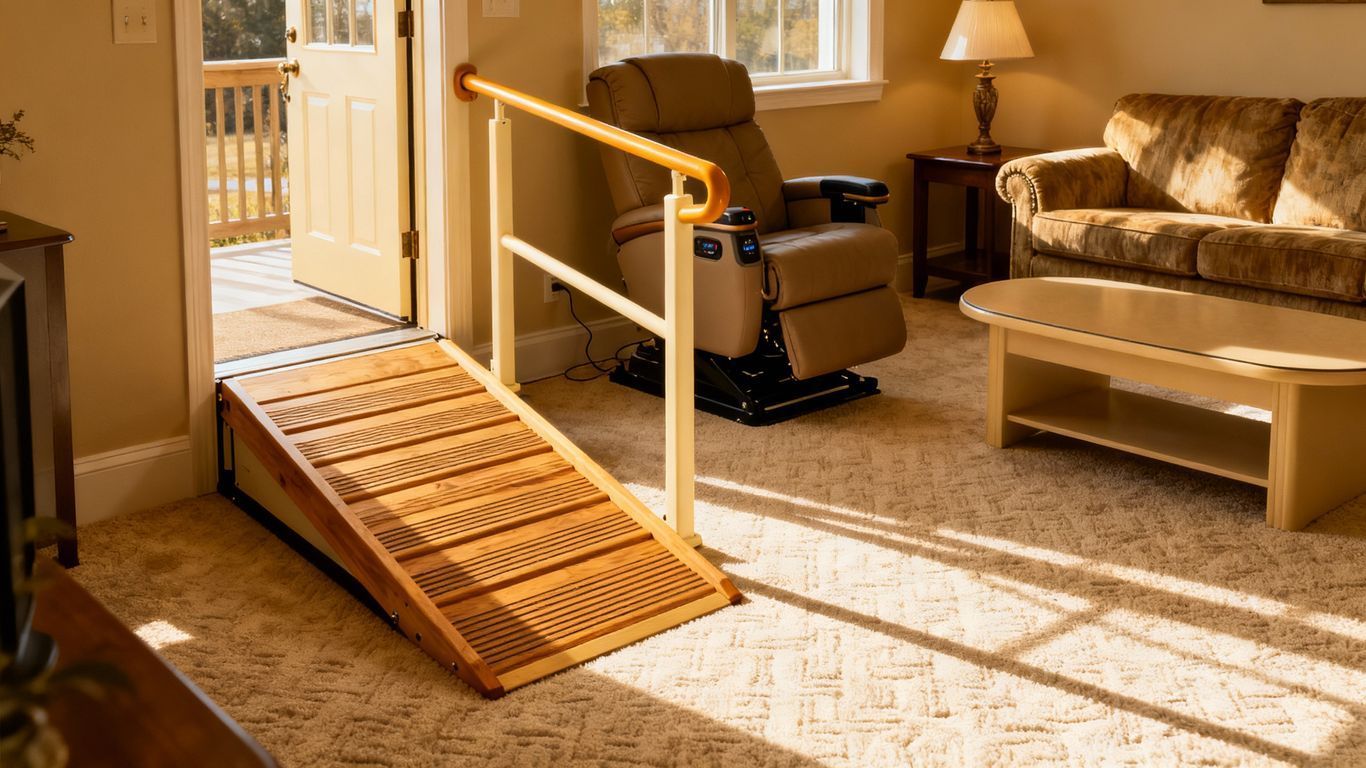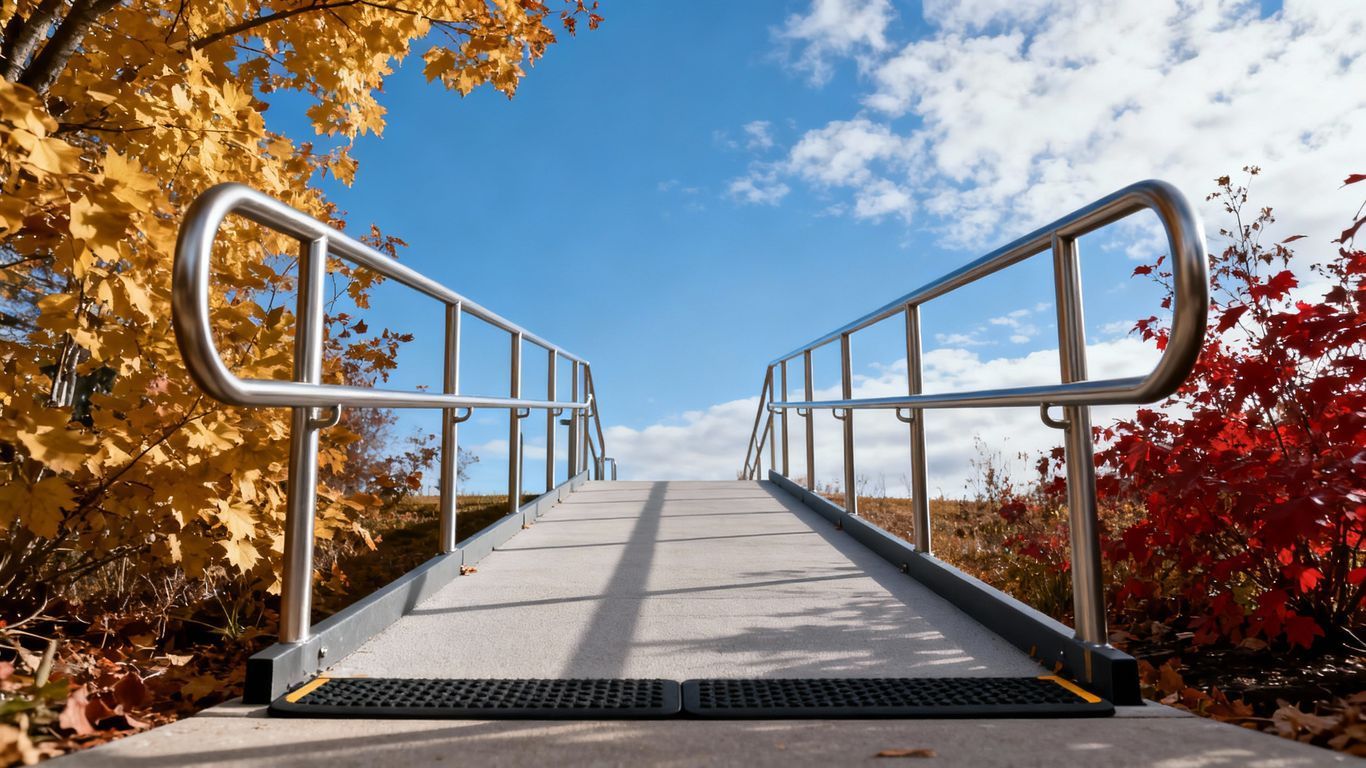Essential Facts You Should Know Before Widening Doorways for Wheelchair Access
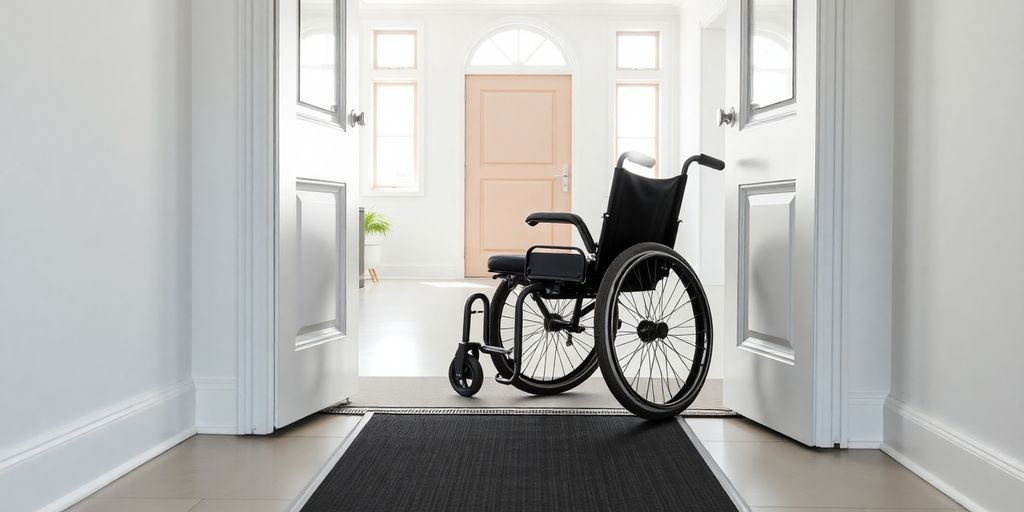
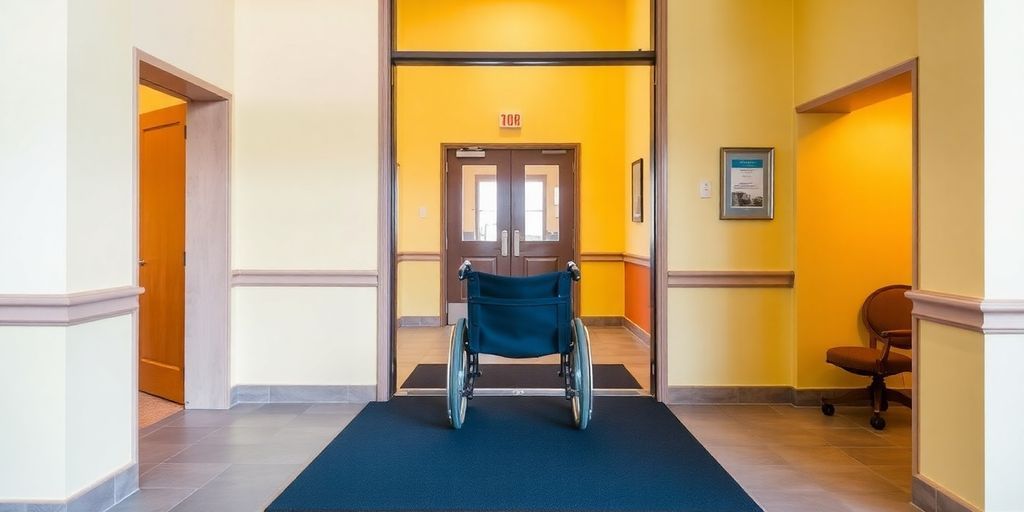
Thinking about making your home more accessible for wheelchair users? One of the first things you might consider is widening doorways. It’s not just about getting through the door; it’s about making life easier and safer. This guide will walk you through the essentials of doorway modifications and how they can improve home accessibility.
Key Takeaways
- Widening doorways can significantly improve wheelchair accessibility in your home.
- Consider legal requirements and standards for accessible doorways before starting modifications.
- Hiring the right contractor is crucial to ensure quality and compliance with accessibility standards.
- Budgeting for these modifications helps in managing costs effectively without compromising on quality.
- Integrating doorway changes with overall home design can maintain aesthetic appeal while enhancing accessibility.
Understanding the Importance of Wheelchair Accessible Doorways
Why Doorway Modifications Matter
Making doorways accessible isn't just about getting from one room to another—it's about independence. For wheelchair users, narrow doorways can feel like barriers, limiting access to essential parts of their home. Widening doorways can make a huge difference, allowing for smoother transitions and reducing the risk of accidents. It's not just about the width; it's about creating a welcoming environment that respects everyone's right to move freely.
Impact on Daily Living
A home with accessible doorways can significantly improve the quality of life for individuals with mobility challenges. Imagine not having to struggle or ask for help just to get through a door. Accessible doorways mean freedom, granting individuals the ability to navigate their homes with ease. This change can enhance self-reliance and boost confidence, making daily tasks less of a chore and more of a breeze.
Legal Requirements for Accessibility
Besides the personal benefits, there are legal standards to consider. The Americans with Disabilities Act (ADA) requires that public spaces be accessible to those with disabilities, which often means ensuring doorways meet specific width requirements. While private homes aren't always subject to these rules, following them can ensure your home is prepared for all guests. Plus, some local building codes might require certain modifications. Making a home wheelchair accessible isn't just a smart move; it's a step towards inclusivity.
Key Considerations for Widening Doorways
Assessing Current Doorway Widths
Before you start widening doorways, it's important to measure your current doorway widths. This will give you a clear idea of how much space you need to add. Standard doorway widths are often too narrow for wheelchairs, typically around 30 inches. It's recommended to widen them to at least 32 to 36 inches for better accessibility. Grab a tape measure and check the width from the doorstop to the opposite side. This simple step can help you understand what modifications are necessary.
Knowing the exact width of your doorways can make a huge difference in planning your modifications.
Choosing the Right Contractors
Finding the right contractor is crucial for a successful doorway modification project. Look for contractors who specialize in accessibility modifications. Ask for recommendations, check reviews, and don’t hesitate to ask potential contractors about their experience with similar projects. A good contractor will not only do quality work but also help you navigate any building codes or permits you might need.
Budgeting for Modifications
Widening doorways can be a significant investment, so it's important to budget accordingly. Start by getting estimates from a few contractors to understand the cost range. Consider any additional expenses, like permits or unexpected structural changes. It's also wise to set aside a contingency fund for any surprises along the way. Remember, while it might seem costly upfront, these modifications can greatly improve mobility and independence within your home.
Designing Doorways for Optimal Accessibility
Selecting Appropriate Door Hardware
When considering door hardware, it's crucial to think about ease of use. Lever handles are often a better choice than traditional round knobs. Why? They’re easier to operate, especially for those with limited hand strength or dexterity. Look for handles that require minimal effort to open. Also, consider installing automatic door openers in high-traffic areas to further enhance accessibility.
Ensuring Adequate Maneuvering Space
Creating enough space around doorways is essential for wheelchair users. A clear path of at least 32 inches is recommended, but more space is always better. This allows for easier turns and reduces the risk of accidents. Think about the entire approach to the door, including any furniture or other obstacles that might be in the way.
Incorporating Smooth Thresholds
Thresholds can be a real trip hazard if not designed properly. Ideally, they should be no more than half an inch high. If that’s not possible, a beveled edge can help. Consider using a rubber threshold ramp for smoother transitions between rooms. These small adjustments can make a big difference in overall safety and ease of movement.
Integrating Doorway Modifications with Home Design
Maintaining Aesthetic Appeal
When you're widening doorways for accessibility, keeping your home's style intact is key. Nobody wants their home to look like a hospital ward, right? Balancing function and style can be a bit tricky, but it's doable. Consider using decorative trim or matching the door's color with the rest of your interior. This way, your home remains welcoming and stylish.
Coordinating with Other Accessibility Features
It's not just about the doorways. Think about how these changes fit with other accessible home modifications like ramps or lifts. Having a cohesive plan ensures that every part of your home works together to support mobility. You wouldn't want a beautifully widened doorway leading to a narrow, cluttered hallway, right?
Future-Proofing Your Home
Planning for the future is smart. As needs change, your home should adapt too. Consider adjustable features that can be modified without major renovations. This might include door frames that can accommodate different door sizes or modular ramps. Thinking ahead can save you time and money down the road.
Making your home accessible doesn't mean sacrificing style. With thoughtful planning, you can create a space that's both beautiful and functional.
Common Challenges and Solutions in Doorway Modifications
Addressing Structural Limitations
When you're thinking about widening doorways, structural issues can pop up. Sometimes, walls might have hidden surprises like electrical wiring or plumbing. These hidden elements can complicate the process and increase costs. To tackle these challenges, it's crucial to consult with a professional contractor who can assess the situation and suggest the best approach. Here’s what you might consider:
- Consult a structural engineer: They can evaluate whether a wall is load-bearing and how to safely modify it.
- Plan for rerouting utilities: This might involve moving wiring or pipes, which can be complex and costly.
- Get a detailed estimate: Knowing the potential costs upfront can prevent surprises later on.
Overcoming Budget Constraints
Budgeting is a big deal when modifying doorways. Costs can add up quickly, especially if unexpected issues arise. Here are some tips to manage your budget effectively:
- Prioritize essential modifications: Focus on changes that will have the most impact on accessibility.
- Explore funding options: Look into government grants or loans specifically for accessibility improvements.
- Consider phased modifications: If budget is tight, plan to make changes in stages over time.
Ensuring Compliance with Standards
Meeting accessibility standards is not just about following the law; it ensures that modifications truly serve their purpose. ADA doorway compliance for 2024 is a great resource for understanding current requirements. Here’s how to make sure your modifications comply:
- Review local regulations: Different places have varying rules, so check what's needed in your area.
- Hire knowledgeable contractors: They should be familiar with ADA guidelines and local building codes.
- Use compliant materials: Ensure that door hardware and thresholds meet accessibility standards.
Making your home accessible isn't just a project—it's a step toward a more inclusive and independent lifestyle. With the right planning and resources, you can overcome these common challenges and create a space that works for everyone.
Enhancing Home Accessibility Beyond Doorways
Installing Ramps and Lifts
When it comes to making a home more accessible, ramps and lifts are a game-changer. Ramps provide a smooth transition for wheelchairs and walkers, eliminating those pesky steps that can be a real barrier. They come in various styles and materials, so you can find one that fits your home and needs. Lifts, on the other hand, are perfect for when you need to tackle multiple levels without stairs. They act like mini-elevators, making it easy to move between floors without hassle. Both options can be tailored to your home's layout, ensuring a seamless fit.
Improving Hallway Accessibility
Hallways often get overlooked, but they play a huge role in accessibility. Narrow hallways can be a nightmare for wheelchair users. Widening them can make a world of difference, allowing for easier movement and reducing the risk of accidents. It's not just about width, though. Consider adding non-slip flooring to prevent slips and falls, and ensure there's adequate lighting to help navigate the space safely. Keeping these areas clear of clutter is also key.
Adding Smart Home Features
In the age of technology, smart home features are more than just cool gadgets—they're essential tools for accessibility. Voice-activated systems can control lights, thermostats, and even open doors, reducing the need for physical interaction. This is especially helpful for those with limited mobility. Smart lighting can automatically adjust based on time of day or occupancy, ensuring that every room is well-lit without the need for switches. Embracing these technologies can make daily living much more manageable and safe.
Making your home more accessible doesn't have to be a daunting task. With a few thoughtful modifications, you can create a space that's both functional and welcoming. Remember, it's not just about convenience; it's about safety and independence for everyone.
For more on how to enhance home accessibility in 2025, including the installation of threshold ramps, check out our detailed guide.
Making your home more accessible goes beyond just doorways. Think about adding ramps, grab bars, and wider hallways to help everyone move around easily. If you want to learn more about how to improve your home’s accessibility, visit our website for helpful tips and a free quote!
Conclusion
So, there you have it. Widening doorways for wheelchair access isn't just about making space; it's about making life a little easier and safer for everyone. Whether you're dealing with a tight hallway or a narrow bathroom entrance, these changes can really open up your home. It's not just about the physical space, but the freedom it brings. Sure, it might seem like a big project at first, but once it's done, you'll wonder why you didn't do it sooner. Remember, it's all about creating a home that's comfortable and accessible for everyone. So, take that first step and start planning your doorway widening project today.
Frequently Asked Questions
How can I make doorways easier for wheelchairs to pass through?
To make doorways easier for wheelchairs, you can widen them to at least 32 inches. This provides enough space for a wheelchair to fit through comfortably.
What are some ways to improve home accessibility for wheelchairs?
Improving home accessibility can include installing ramps, widening doorways, adding grab bars, and using non-slip flooring.
Why is it important to make doorways accessible for wheelchairs?
Accessible doorways are important because they allow people who use wheelchairs to move around safely and independently.
What should I consider when choosing a contractor for doorway widening?
When choosing a contractor, look for experience with accessibility modifications, check references, and compare quotes to ensure you get the best service and price.
Are there any legal requirements for making doorways wheelchair accessible?
Yes, there are legal requirements like the Americans with Disabilities Act (ADA) that set standards for accessible doorways, such as minimum width and easy-to-use handles.
How can I keep my home stylish while making it accessible?
You can maintain style by choosing design elements that blend with your home's decor, like decorative grab bars and custom ramps that match your interior.
